Packed with exciting hands-on exhibits, this huge
museum explores the fascinating world of science through centuries of
scientific and technological development. It shows British inventiveness
leading the world in the Industrial Revolution, with spinning looms and
steam engines, navigation and early flight. It also has displays on
contemporary science and cutting-edge technologies, with numerous
interactive exhibits in the hi-tech Wellcome Wing.
|
The museum is spread
over seven floors. Heavy machinery and large-scale museum highlights are
on the ground floor. Telecommunications, time, agriculture and weather
are on the first floor. The new Energy Gallery and computing are on the
second floor, and heat, health and flight are on the third. The fourth
and fifth floors are dedicated to medical history. At the west end of
the building is the four-storey Wellcome Wing.
|
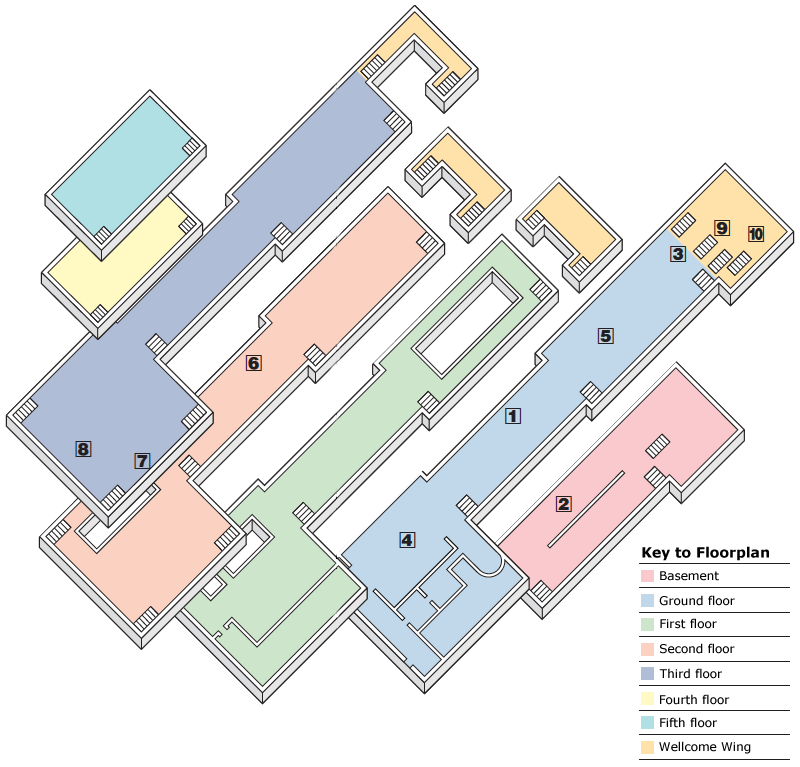
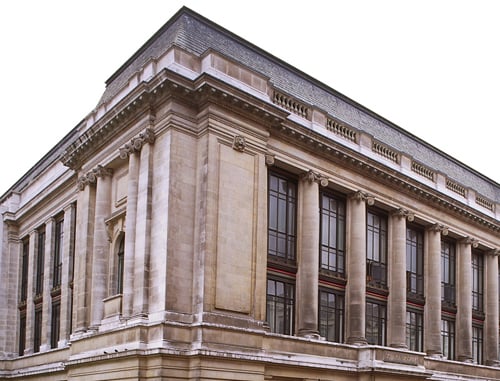
Science Museum façade
|
There is a restaurant, several cafés and a picnic area where you can eat your own food.
|
|
|
Visitor information touch screens throughout the museum give details of exhibits.
|
|
|
The museum store is an excellent place to buy innovative gifts.
|
|
Top 10 ExhibitsExploring Space Rockets,
satellites, space probes and landers can all be explored as well as
learning about Sputnik, the world’s first satellite, how we sent
spacecrafts to other planets and walked on the moon.
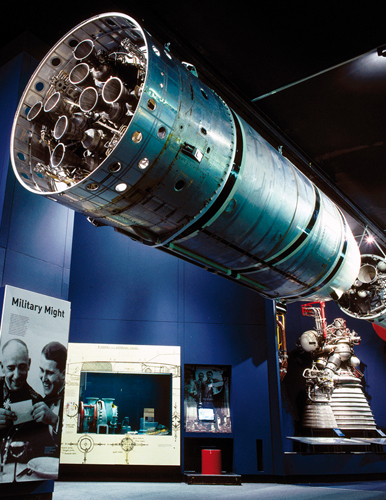
The Secret Life of the Home This gallery contains a wacky variety of household gadgets and gizmos, from washing machines to burglar alarms. Apollo 10 Command Module The
Apollo 10 Command Module, which went around the moon in May 1969, is on
display, as is a replica of the Apollo 11 Lunar Lander. Buzz Aldrin and
Neil Armstrong stepped onto the moon from the original in July 1969.
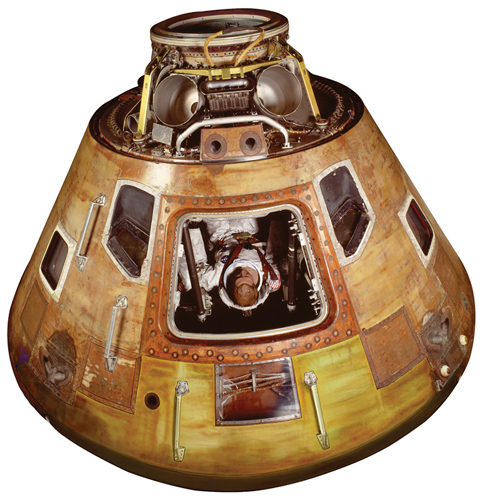
Harle Sykes Red Mill Engine This
immaculate steam engine can sometimes be seen up and running. It’s just
one exhibit in the Energy Hall gallery, which includes one of James
Watt’s original 1788 rotative steam engines. Puffing Billy Puffing Billy
is the world’s oldest remaining steam locomotive. It was built in
England in 1813 and used to transport coal. George Stephenson’s famous
1829 Rocket, the first locomotive engine to pull passenger carriages, is also on display.
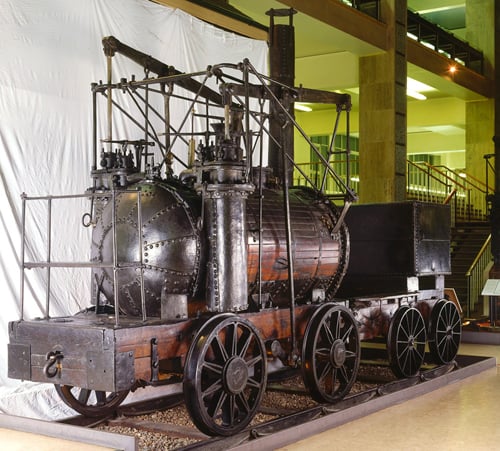
Babbage’s Difference Engine The Computing and Mathematics galleries on the second floor display a model of the Difference Engine No 2. Designed by Charles Babbage (1791–1871), it was the forerunner of the modern computer. Health Matters Health
Matters is a multimedia look at medicine. Aids, cancer and heart
disease are reviewed by patients and physicians. Take a look at “Jedi”
helmets used for MRI scans of the brain.
Launchpad
This
hands-on gallery is aimed specifically at children. In this area,
friendly “explainers” make key science principles fun and easy to
understand.
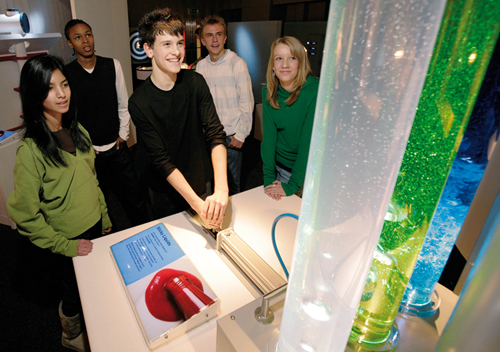
IMAX Cinema The
cinema shows 2D and 3D films on a screen higher than four double-decker
buses. An impressive six-channel surround sound system will totally
immerse you in the action. Pattern Pod Suitable
for children under eight, this multi-sensory gallery introduces ideas
about patterns in the world. The electronic kaleidoscope and interactive
exhibits make science fun.
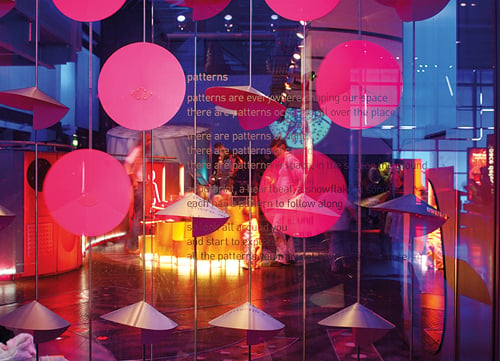
|